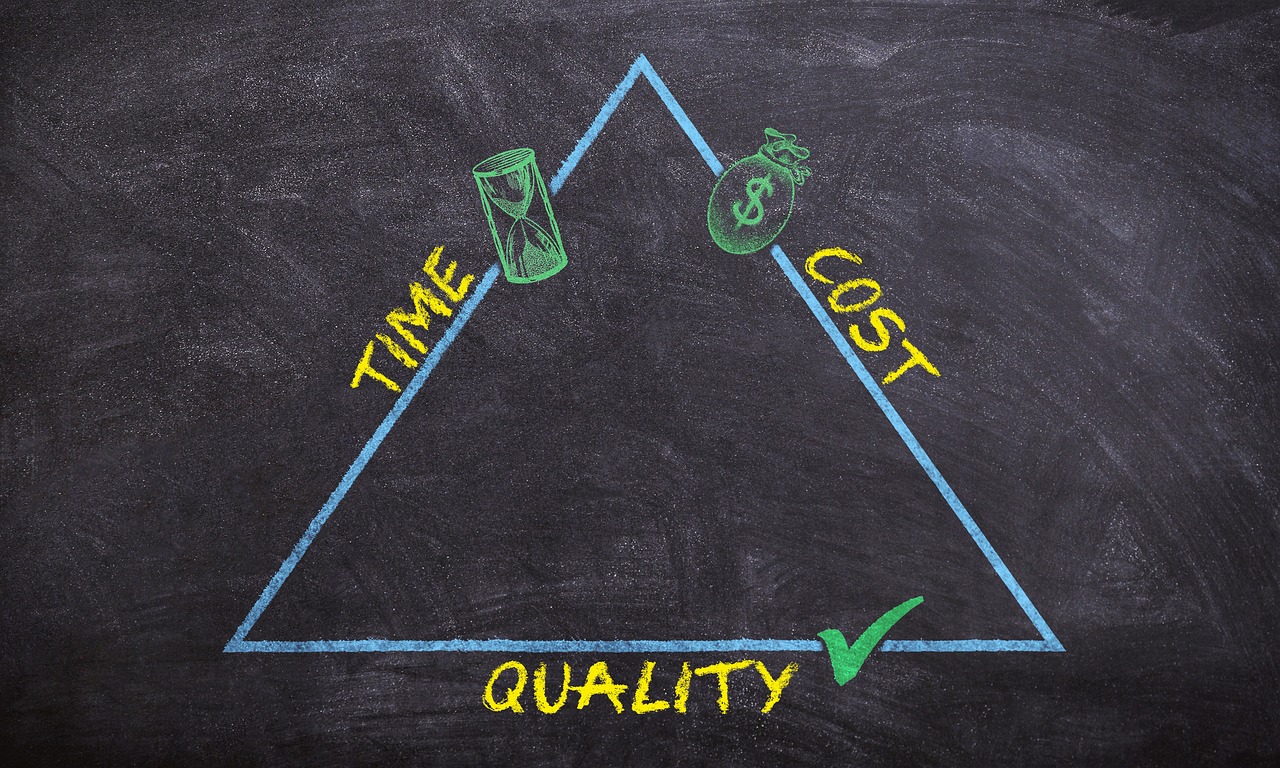Cost Optimization Strategies for Security Companies
Learn proven strategies to reduce operational costs while maintaining high service quality and improving profitability.
Author: Vigilfy Team
11 min read

In an increasingly competitive market, security companies must find ways to optimize costs without compromising service quality. Smart cost management strategies can mean the difference between thriving and merely surviving in today's business environment.
## Understanding Your Cost Structure
### Direct Costs
- Guard wages and benefits
- Equipment and uniform expenses
- Vehicle and fuel costs
- Insurance and bonding
- Training and certification expenses
### Indirect Costs
- Administrative overhead
- Technology and software expenses
- Facility and office costs
- Marketing and business development
- Legal and compliance costs
### Hidden Costs
- Guard turnover and recruitment
- Overtime and schedule inefficiencies
- Client acquisition and retention
- Errors and rework
- Regulatory non-compliance penalties
## Proven Cost Optimization Strategies
### 1. Optimize Scheduling and Staffing
#### Smart Scheduling Algorithms
- Use data analytics to predict optimal staffing levels
- Minimize overtime through better schedule planning
- Balance guard preferences with operational needs
- Implement flexible scheduling to reduce call-offs
#### Guard Retention Programs
- Offer competitive compensation packages
- Provide career advancement opportunities
- Create positive work environments
- Implement recognition and reward programs
### 2. Leverage Technology for Efficiency
#### Automation Benefits
- Reduce administrative time through automated processes
- Eliminate paper-based systems and manual data entry
- Streamline reporting and communication
- Improve accuracy and reduce errors
#### Mobile Technology ROI
- Enable real-time communication and reporting
- Reduce travel time for supervisors
- Improve guard accountability and productivity
- Enhance client service and satisfaction
### 3. Vendor and Supplier Management
#### Strategic Partnerships
- Negotiate volume discounts with uniform suppliers
- Consolidate vendors to reduce administrative overhead
- Develop long-term relationships for better pricing
- Consider equipment leasing vs. purchasing
#### Energy and Facility Costs
- Implement energy-efficient lighting and HVAC systems
- Negotiate favorable lease terms and rates
- Consider remote work options for administrative staff
- Optimize office space utilization
### 4. Financial Management and Controls
#### Cash Flow Management
- Implement faster billing and collection processes
- Offer early payment discounts to clients
- Negotiate favorable payment terms with vendors
- Maintain adequate cash reserves for operations
#### Performance Monitoring
- Track key performance indicators (KPIs) regularly
- Implement cost accounting by client and service type
- Monitor profit margins and adjust pricing accordingly
- Conduct regular financial reviews and analysis
## Technology Investment ROI
### Initial Investment vs. Long-Term Savings
While technology requires upfront investment, the long-term savings typically include:
- 20-30% reduction in administrative costs
- 15-25% improvement in guard productivity
- 40-50% reduction in paperwork and processing time
- 10-20% decrease in client complaints and issues
### Selecting the Right Technology
Consider these factors when evaluating technology investments:
- Integration capabilities with existing systems
- Scalability for business growth
- User adoption and training requirements
- Ongoing maintenance and support costs
- Return on investment timeline
## Implementation Roadmap
### Phase 1: Assessment and Planning
- Conduct comprehensive cost analysis
- Identify high-impact optimization opportunities
- Develop implementation timeline and budget
- Secure stakeholder buy-in and support
### Phase 2: Quick Wins
- Implement easy-to-achieve cost reductions
- Focus on high-impact, low-effort improvements
- Build momentum and demonstrate success
- Gather data and feedback for next phases
### Phase 3: Strategic Initiatives
- Deploy technology solutions and automation
- Implement comprehensive process improvements
- Focus on long-term competitive advantages
- Measure results and adjust strategies
## Measuring Success
### Key Metrics to Track
- Cost per guard hour
- Administrative cost as percentage of revenue
- Guard turnover and retention rates
- Client satisfaction and retention scores
- Profit margins by service line and client
### Continuous Improvement
Cost optimization is an ongoing process that requires:
- Regular review of cost structures and opportunities
- Staying current with industry best practices
- Adapting to changing market conditions
- Investing in employee development and technology
Successful cost optimization isn't about cutting corners—it's about working smarter, not harder. Companies that implement these strategies systematically will build sustainable competitive advantages while improving profitability and service quality.